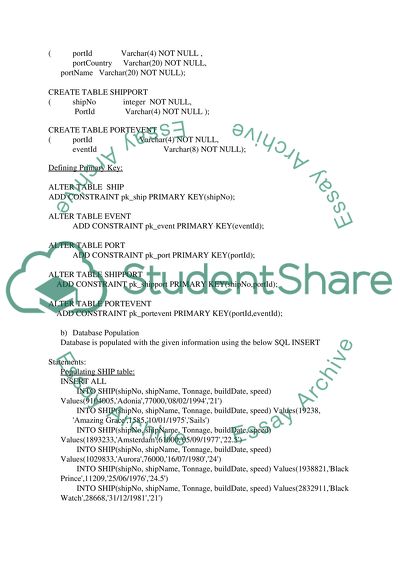Cite this document
(“Lanchester Liners Hospitality Database, SQL Essay”, n.d.)
Retrieved from https://studentshare.org/information-technology/1441675-database-sql
Retrieved from https://studentshare.org/information-technology/1441675-database-sql
(Lanchester Liners Hospitality Database, SQL Essay)
https://studentshare.org/information-technology/1441675-database-sql.
https://studentshare.org/information-technology/1441675-database-sql.
“Lanchester Liners Hospitality Database, SQL Essay”, n.d. https://studentshare.org/information-technology/1441675-database-sql.


